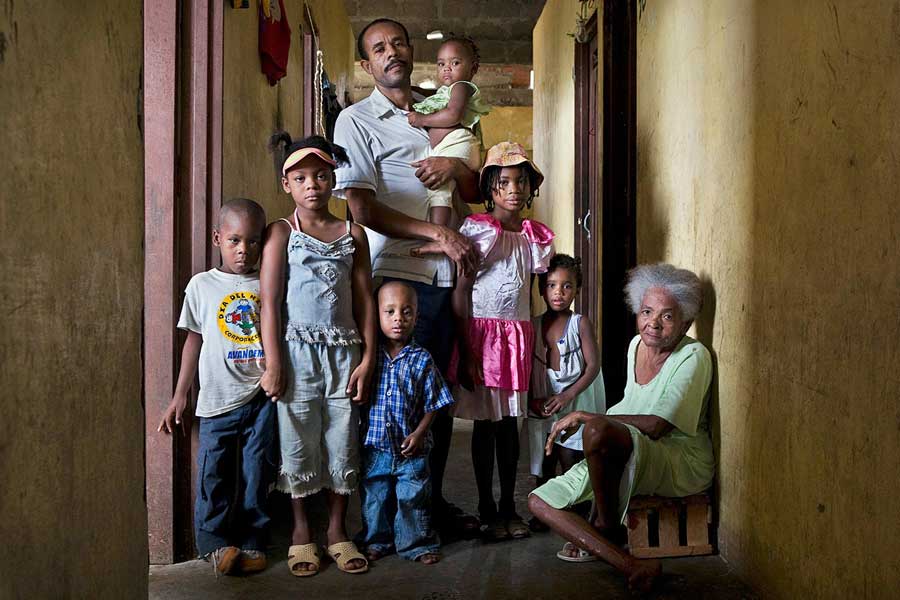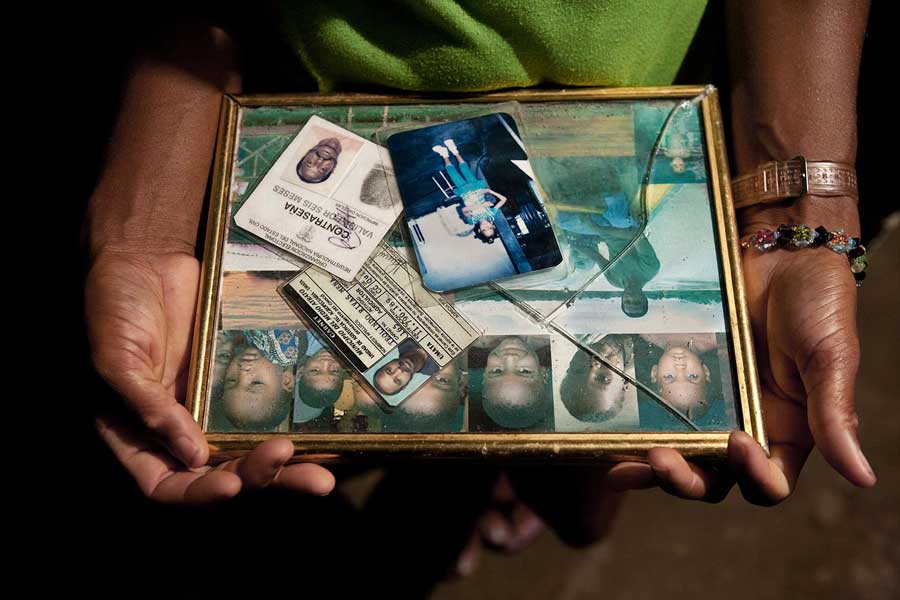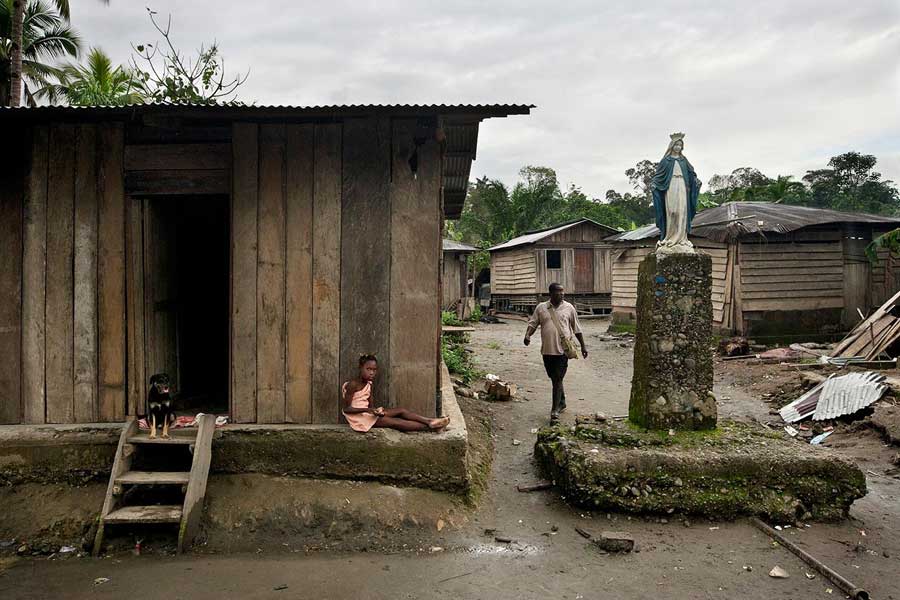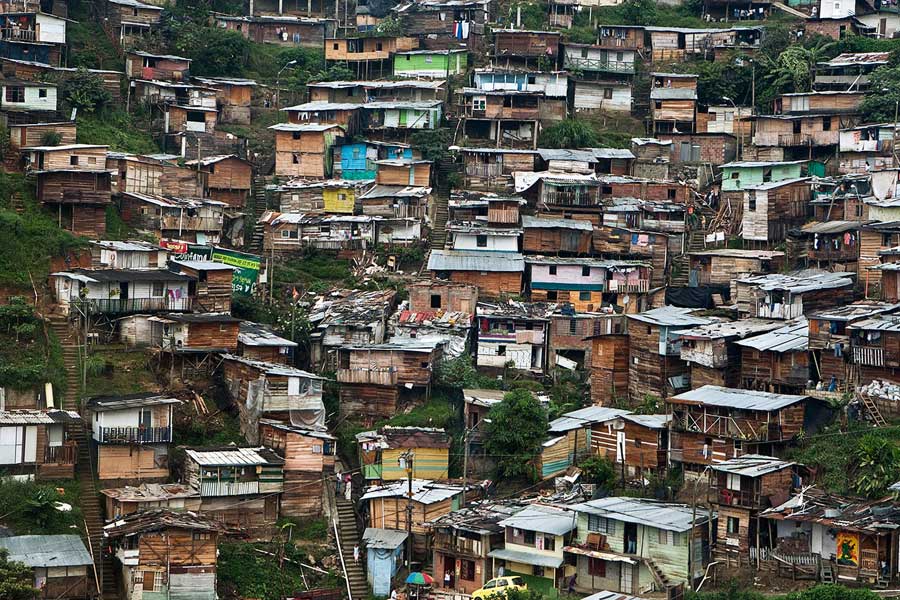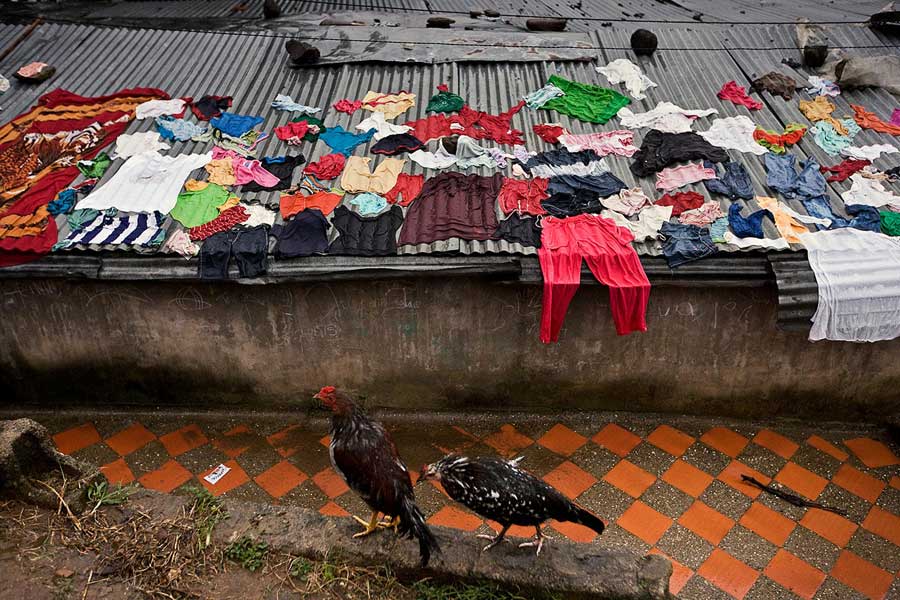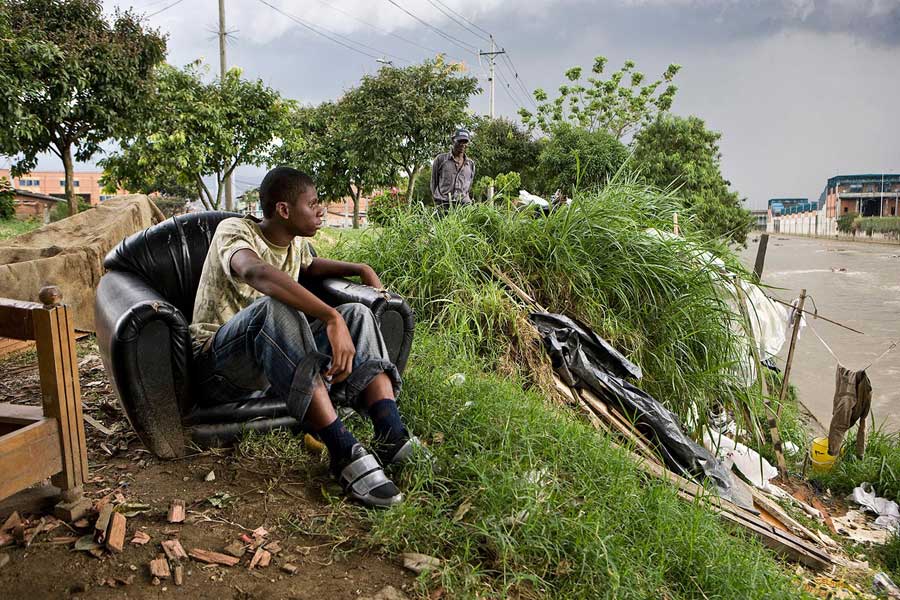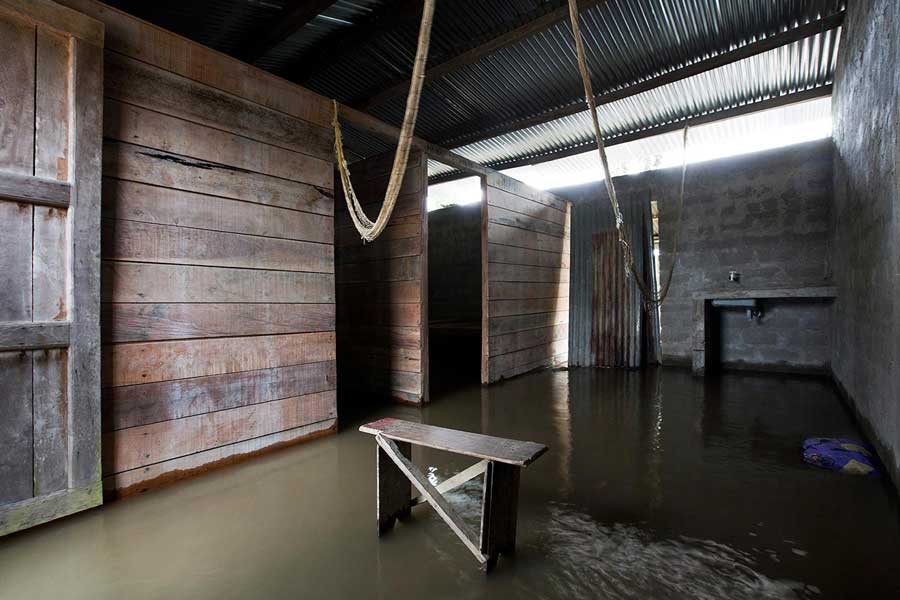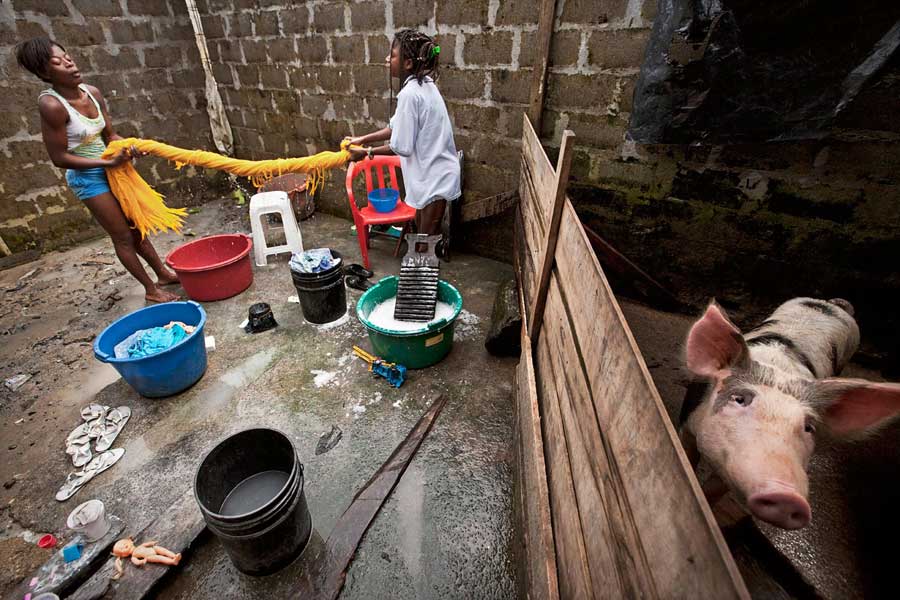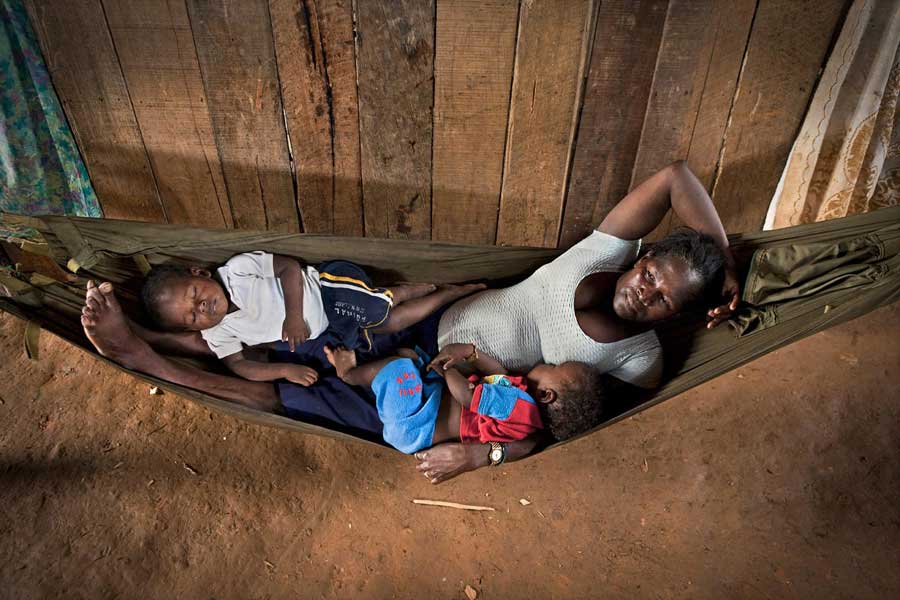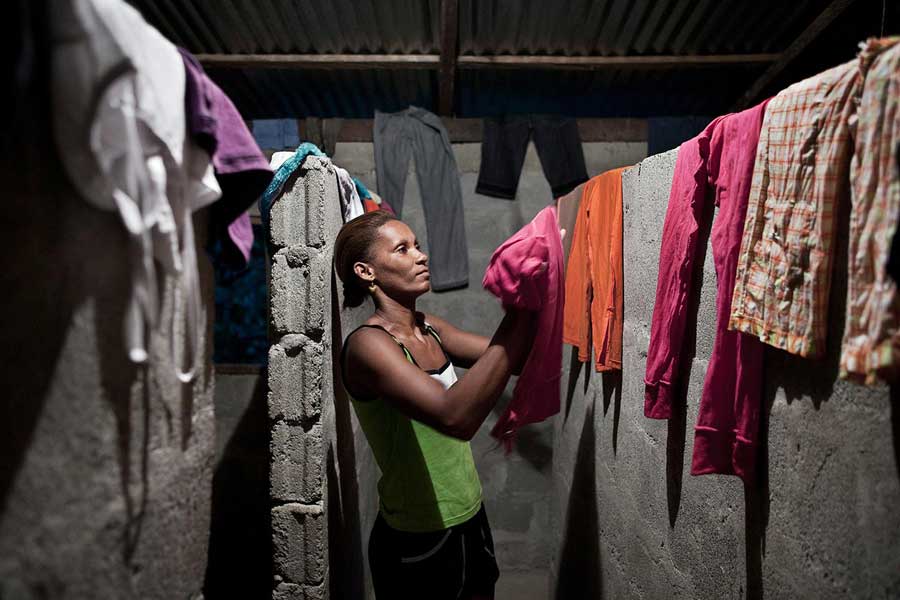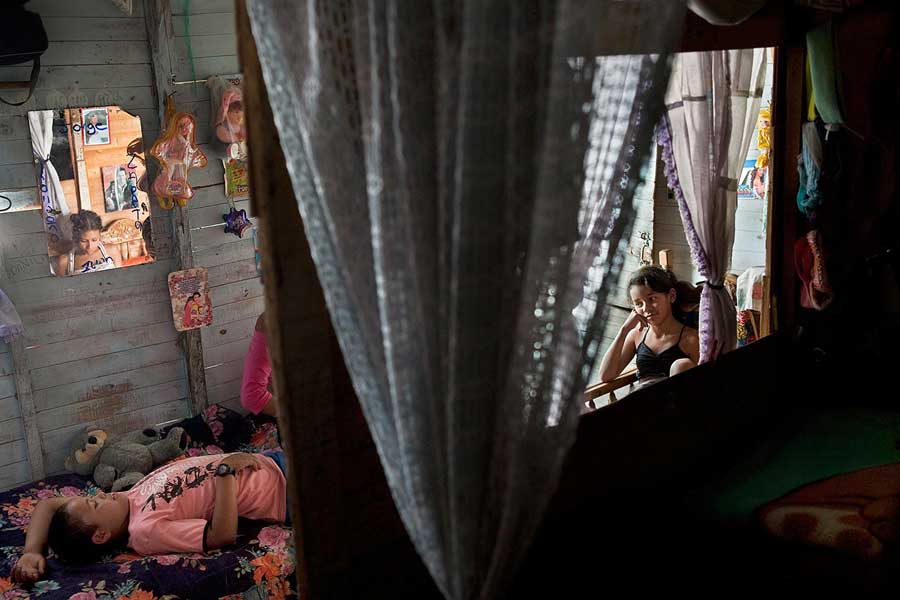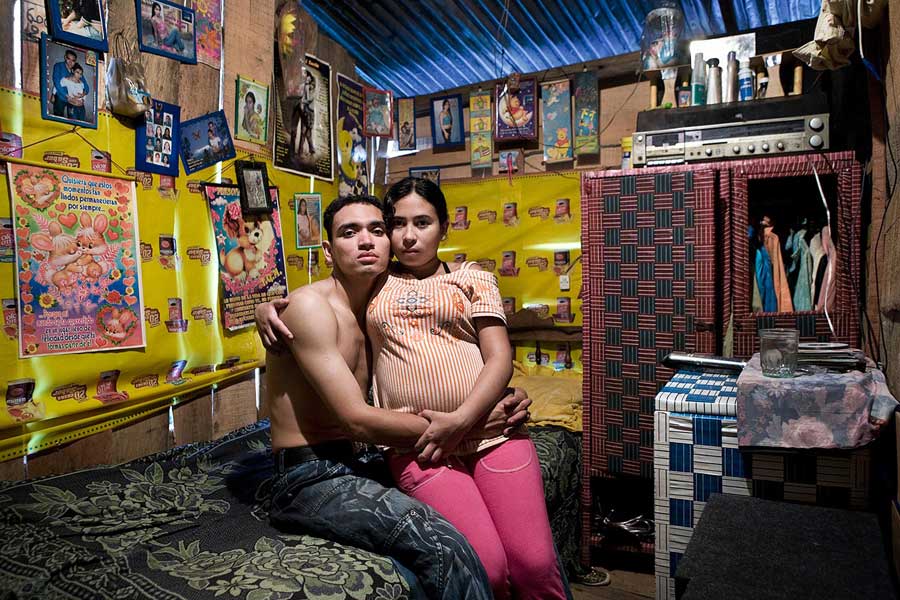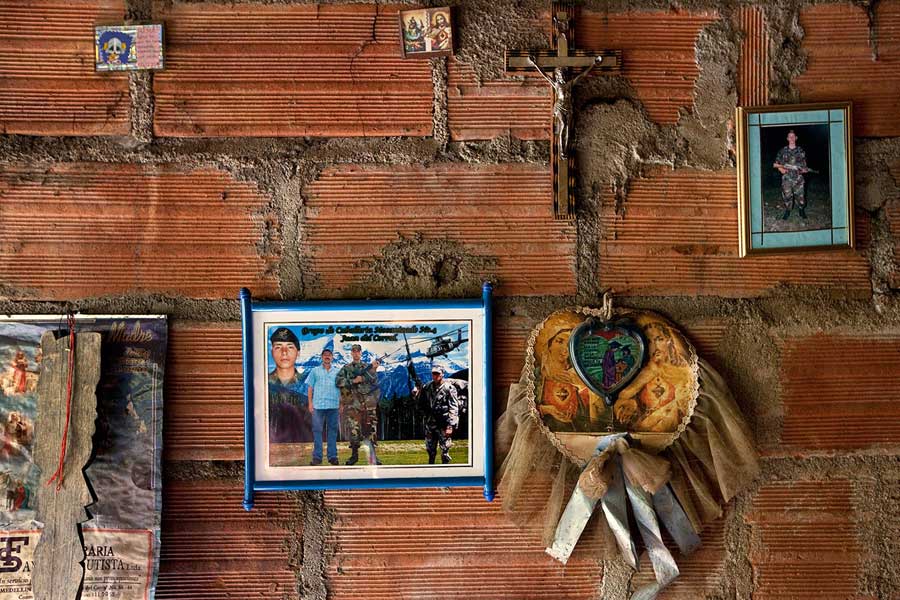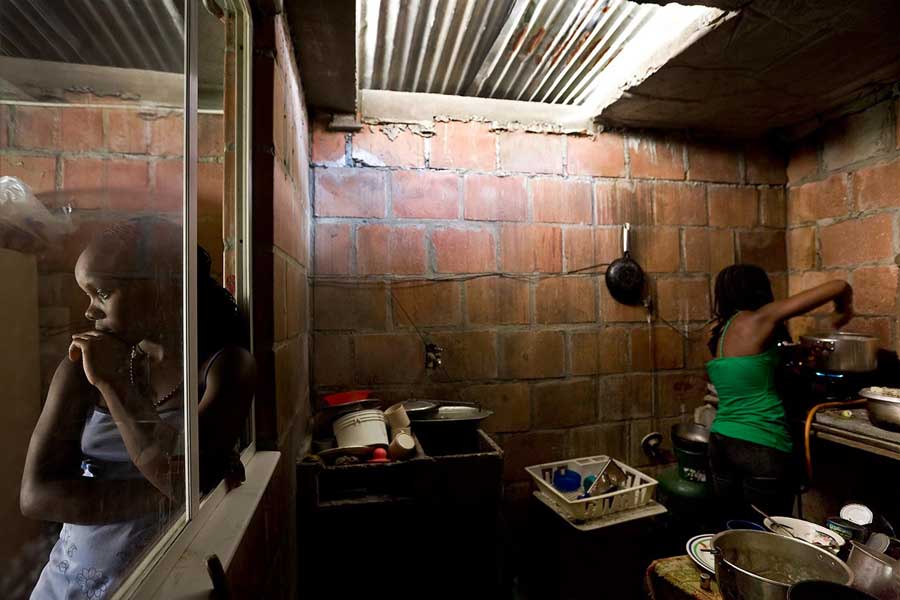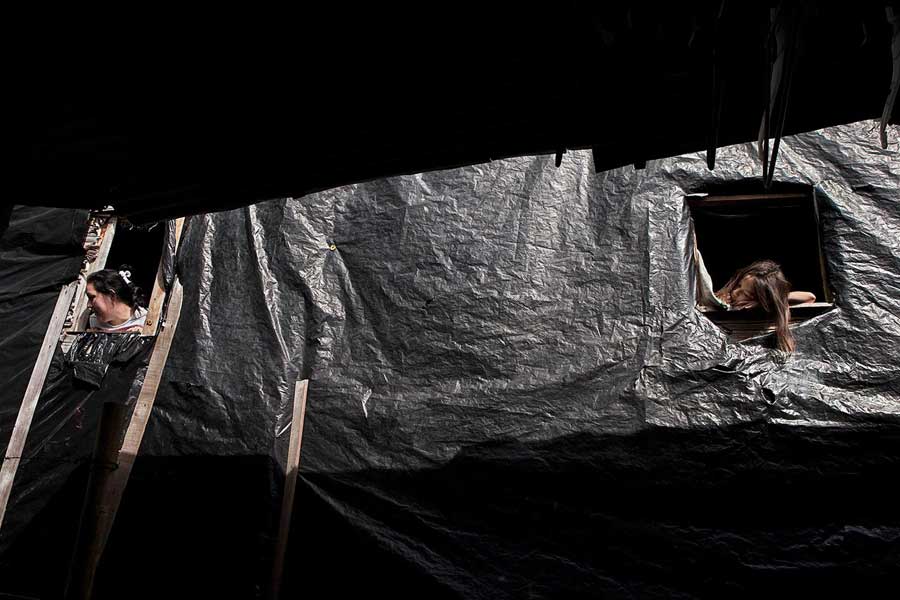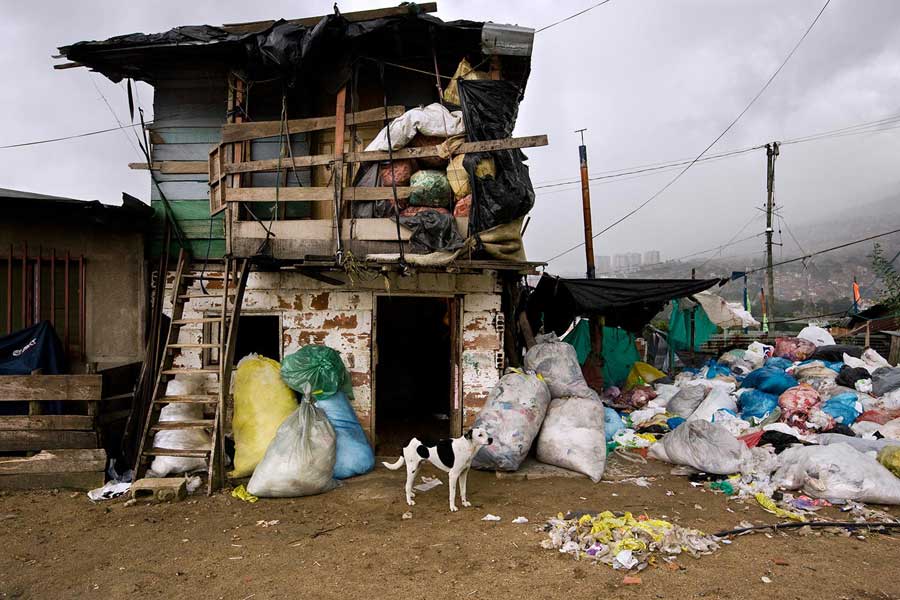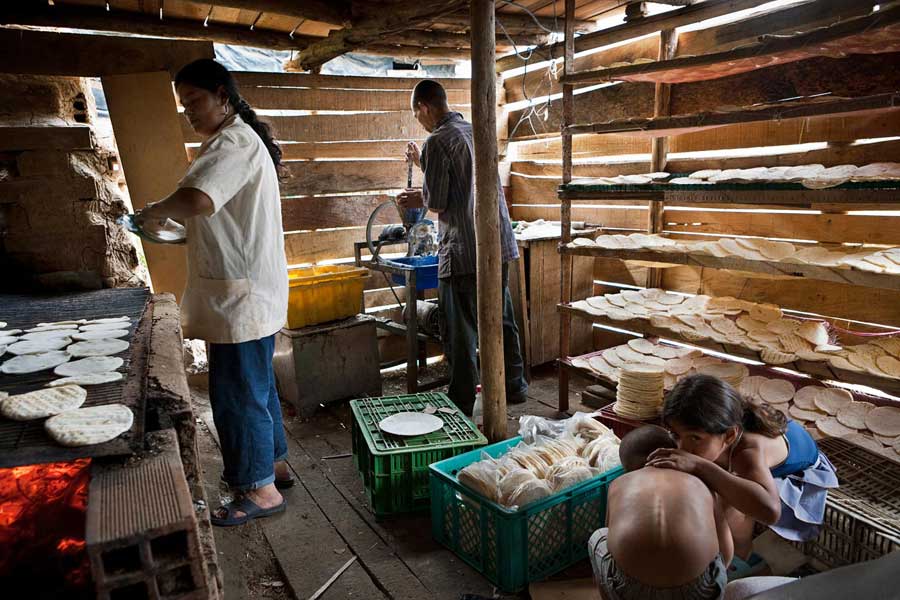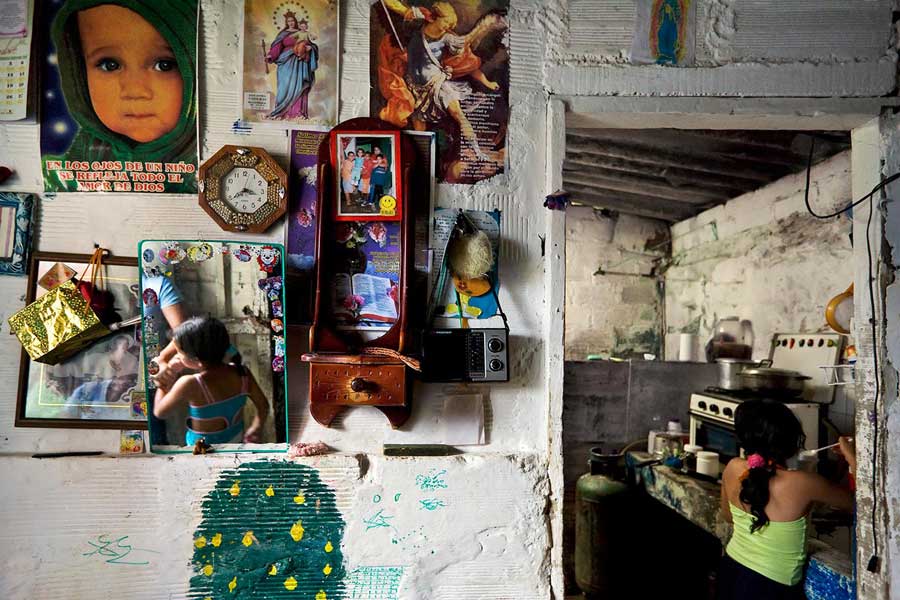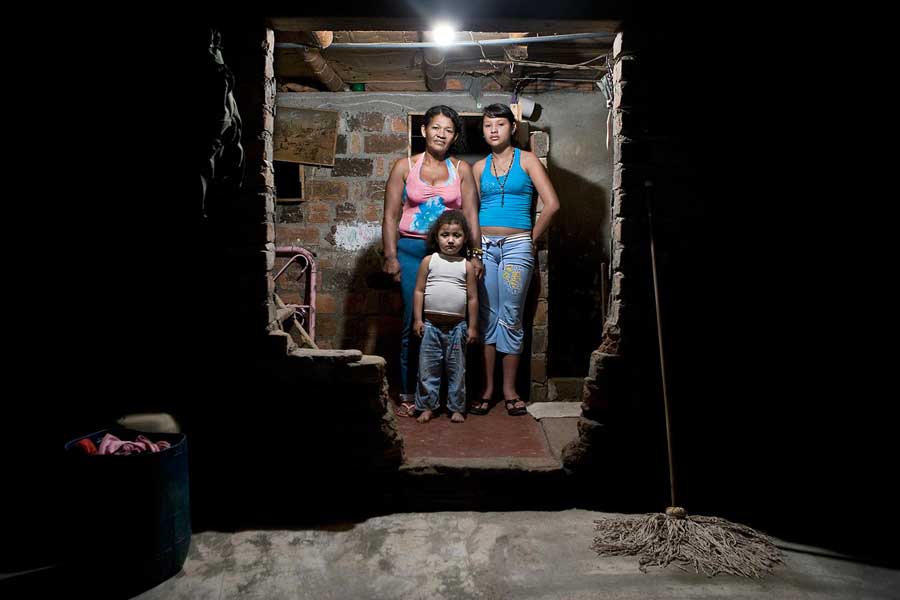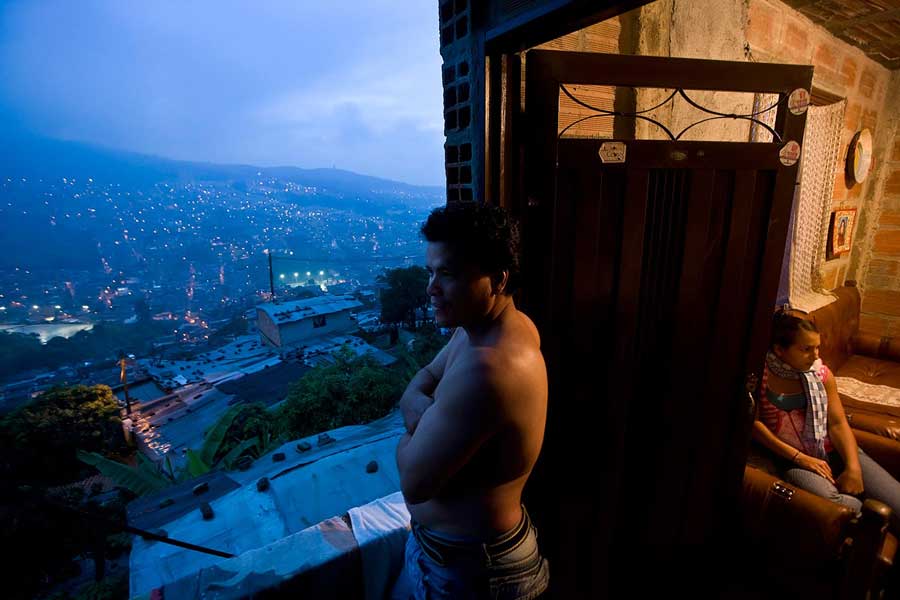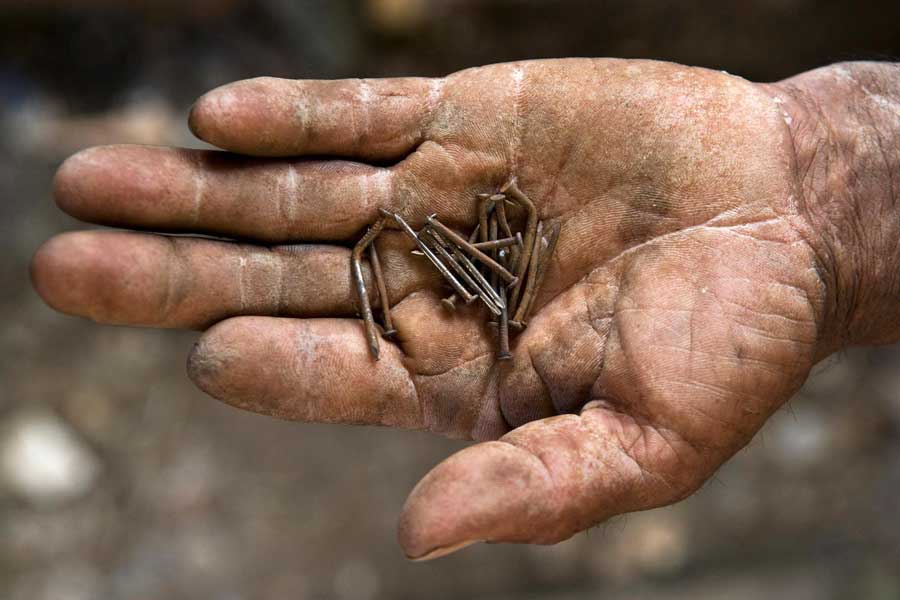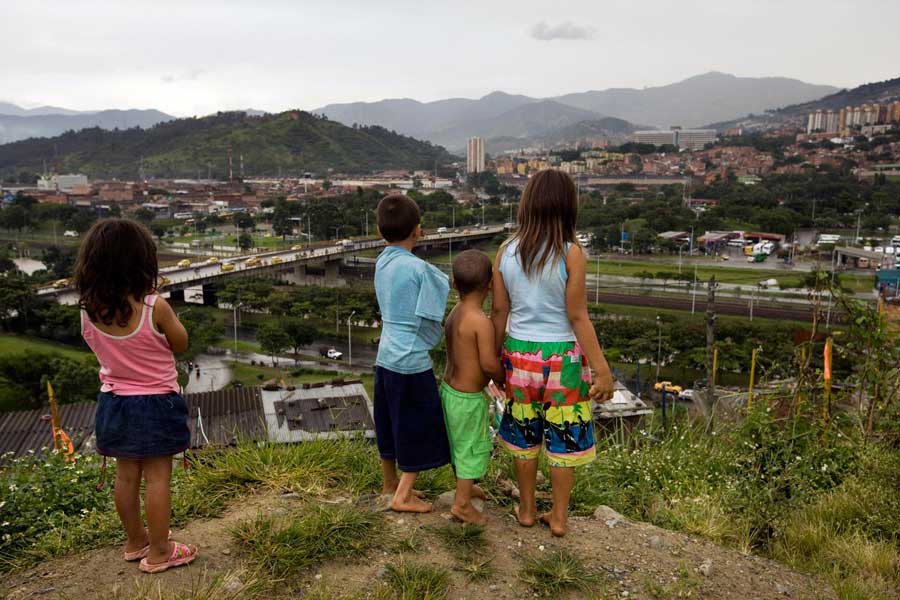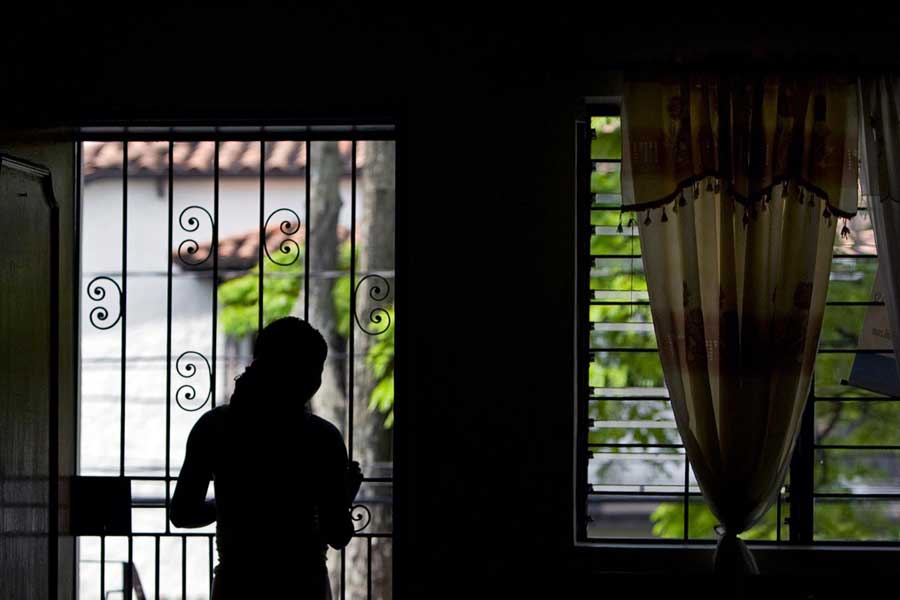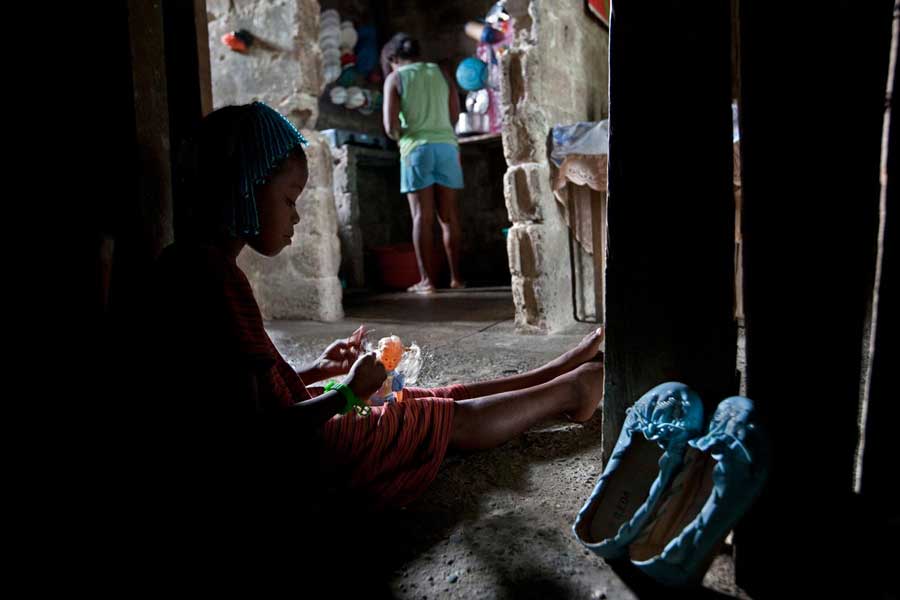Violence has been considered an endemic feature of Colombian history. During the last few decades it has extended to all levels of society and the most remote corners of the country.
Millions of people displaced by years of drug related violence and armed conflict among guerrilla forces, paramilitary groups and the army, live in conditions of severe poverty in urgent need of humanitarian assistance. According to recent estimates around 4 million people (over 10% of the entire population) were displaced in Colombia, making it the country facing the larger number of Internally Displaced People (IDPs) in the world.
Three elements are crucial in understanding the complex dynamics of this armed conflict: the increasing importance of territorial rather than ideological dominance in political dynamics, the privatization of territorial control at the expense of state sovereignty and vengeance, the source of a perpetually reproduced spiral of violence, not only at the political but also at the private level of rural (and increasingly urban) family life. The process has significantly intensified during the tenure of President Uribe, who came to power in 2002. According to Consultancy for Human Rights and Displacement (Codhes) each day over 1500 people are displaced in all parts of Colombia with over 570,000 in 2009 alone.
Behind the statistics, the overwhelming numbers and numerous sociological studies, are people. At the core of every article or news report, lies a human story. The IDPs of Colombia are victims of an endless circle of violence constantly struggling to find refuge with no known source of comfort or security. The plight of Colombiaʼs IDPs goes beyond the physical violence. IDPs suffer from unsanitary conditions resulting in disease, malnutrition, lack of education, and loss of documentation including identity papers. [Official Website]



